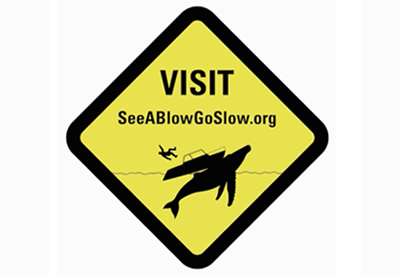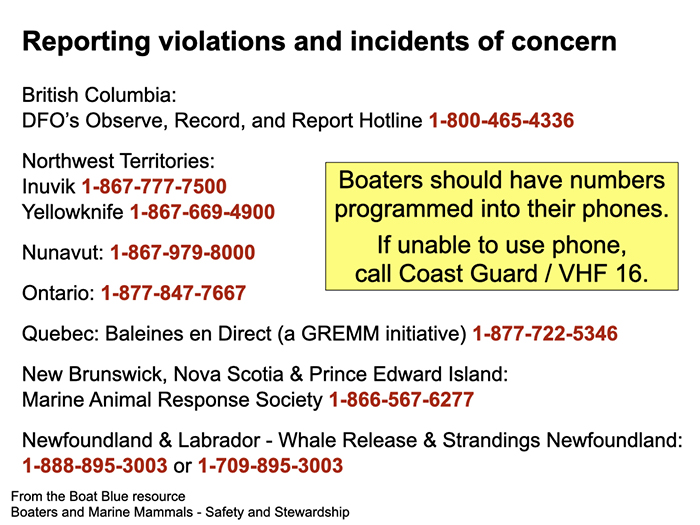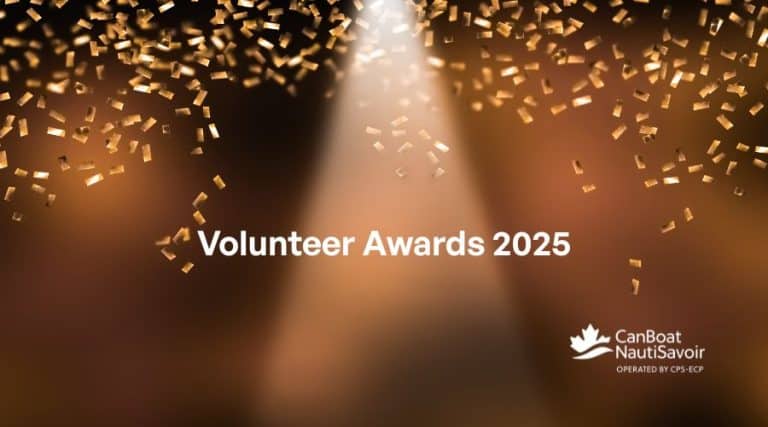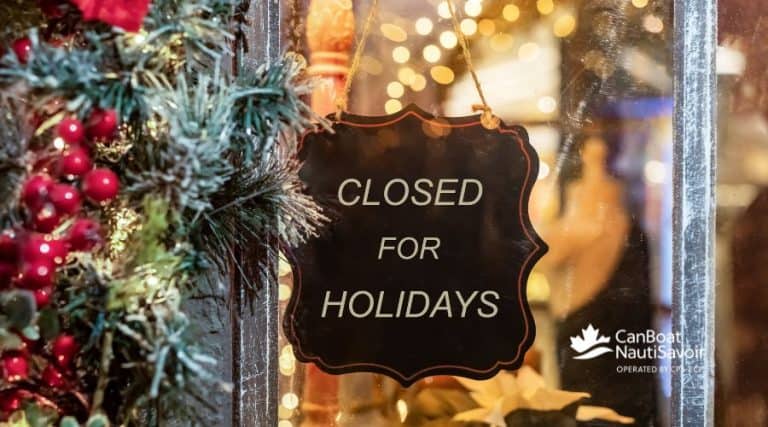See a Blow? Go Slow!

Mar 11, 2021
Did YOU Know?
For the sake of boater and whale safety, it is really important to know that baleen whales, like Humpback Whales, are very different from whales, dolphins and porpoises who have teeth. Toothed cetaceans, like Orca, have biosonar by which they can form an acoustic image of their surroundings. Baleen whales like Humpbacks do not have this biosonar and are often oblivious of boats and fishing gear.
The danger of collision is also enhanced because of the large size of baleen whales and because of their unpredictable travel patterns. Whales can surface unexpectedly after long – or very short – dives. Humpbacks in particular can suddenly become acrobatic or may be resting just below the surface.
It is essential to be vigilant for signs of whale presence. Look for blows and aggregations of birds, which can indicate there is a lot of feed in the area and thereby a greater chance of whale presence. Be on the lookout for vessels flying the Whale Warning Flag. Know the areas of high whale density. And, if you do signs of whale presence, give the whales plenty of room (minimum 200 meters), and SLOW DOWN! Collisions can be tragic for both whales AND boaters.
For information on how to reduce risk of collision and to know what to do, and not do, regarding whale entanglement, see the following resources:
• CPS-ECP boater education resource “Boaters and Marine Mammals – Safety and Stewardship”.
• A summary of the national Marine Mammal Regulations and boater best practices.





























